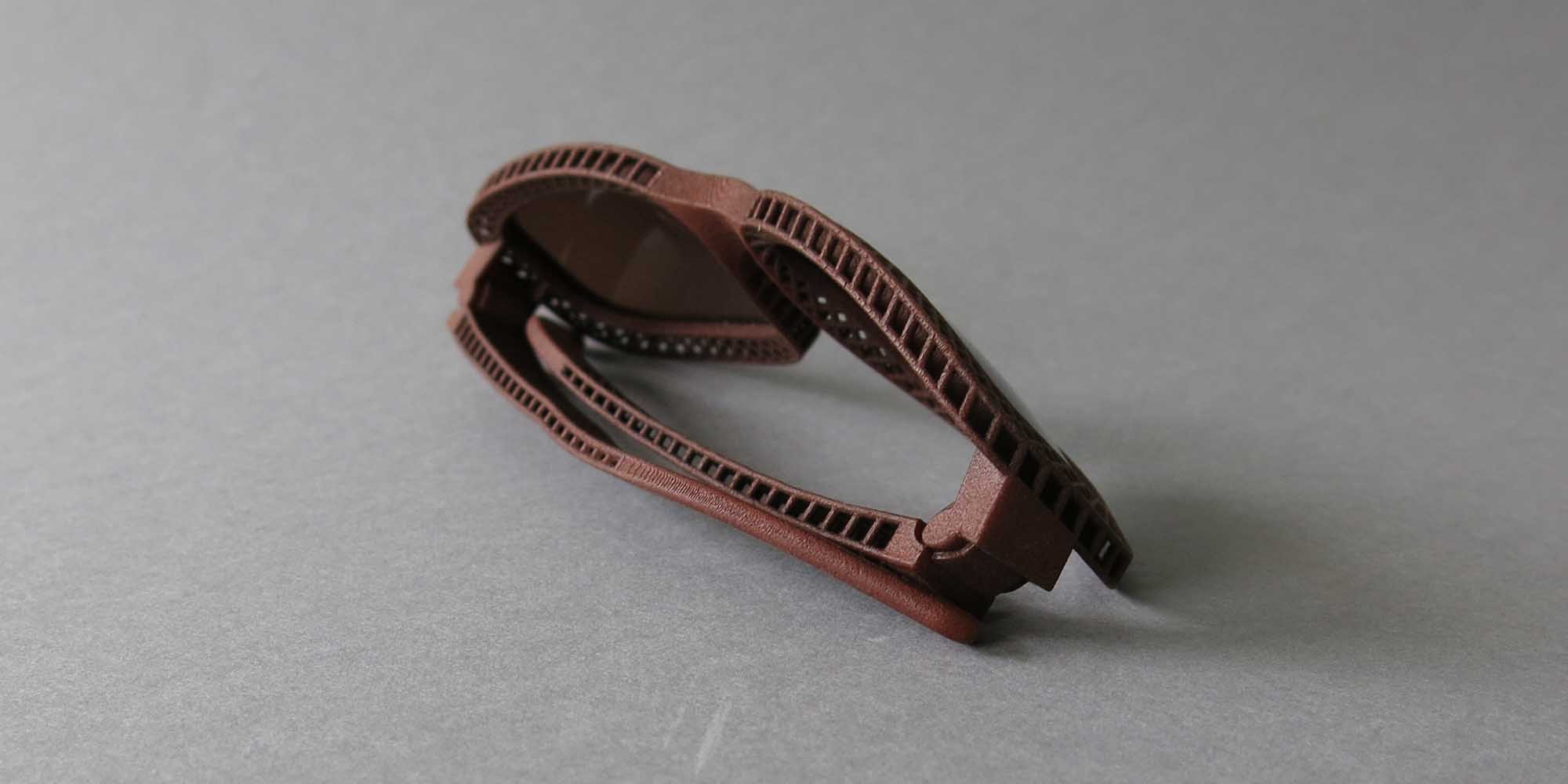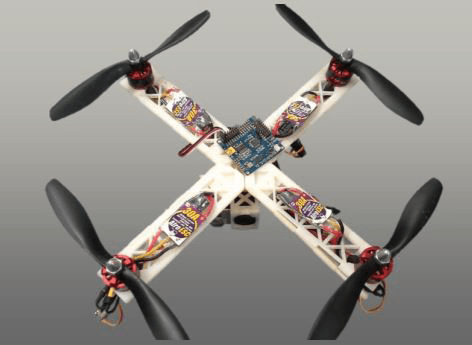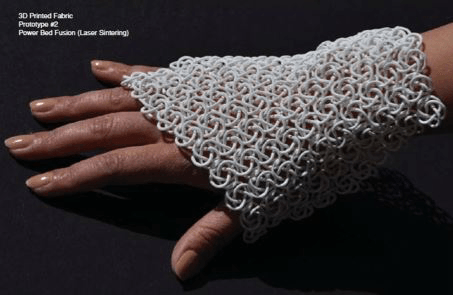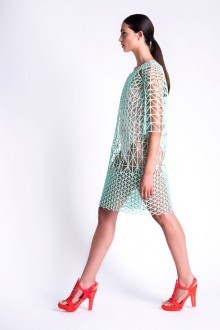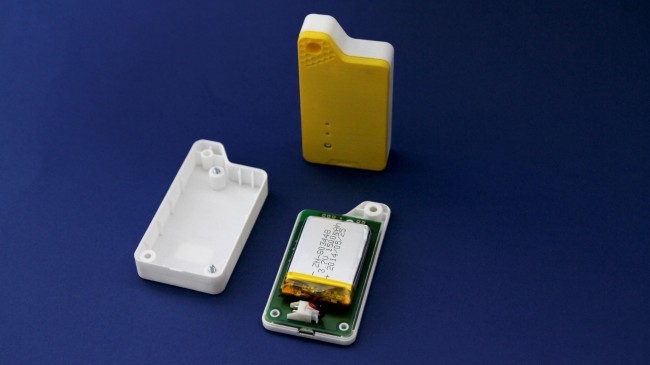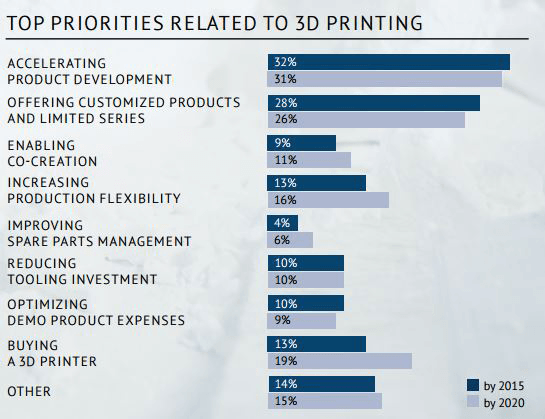3D Printing Uses : functional parts
Posted By Arthur Cassaignau on Aug 26, 2015 | 0 comments
An area of additive manufacturing showing a lot of promise is integrated assemblies; imagine reducing the print time of your objects simply by integrating an assembly plan into your 3D model before printing, this will reduce the items you need to print and save you time in the print process.
As I explained in my previous posts, 3D printing is often (not in every case though) more expensive than traditional manufacturing when you’re looking at producing a large amount of units of the same object. It’s particularly true if you have an object that only requires a single mold to be produced. However once you start looking at complex objects that needs an assembly, the number of molds that you need can increase rapidly and thus cost you time and money. Under this conditions, 3D printing can be the problem solver either to produce the end products or create the molds with 3D printing. Let’s take a look at it.
Making assemblies with 3D printing
3D printing encloses a wide range of technologies. Some more than others are particularly efficient to create complicated assemblies. However as the technologies are evolving, we’ve reached a point where almost all of them can create part with moving components like an hinge or a joint. If we’re often looking at SLS 3D printing as the best solution for that, since we only need to remove the unsintered powder to “free” the moving parts, technologies like FDM or Polyjet have also brought solutions to add a “support material” that will be removed with a solvent after the printing process. In any cases, regardless to the technologies you’re using, it’s now widely accepted that 3D printing technologies allow for integrated assemblies. Some with more facilities than other.
SLS 3D printing explained in few drawings. This technology is particularly efficient to create moving parts. Source: EOS gmbh
With appropriate tolerances, parts with functional hinges, chain-link style textiles, and other types of moving components can be fabricated in a single print without the need for post-print assembly. This is one of the main upside of 3D printing when you want to manufacture a product since it can considerably reduce the number of necessary components to create your end product.
For instance, the plastic material we use at Sculpteo is produced with SLS 3D printers (where a layer of nylon based powder is melted by a laser). By leaving half a millimeter clearance between two parts of a design you’re able to make them move together.
Here are some examples of things that are possible to achieve (you can also find those – and more – examples in our latest ebook).
In the 2014 Virginia Tech Additive Manufacturing Grand Challenge, students were tasked with designing an RC 3D printed air and/or ground vehicle to complete a set of obstacles. The goal of the challenge was to demonstrate the utility of on-demand manufacturing in remote locations from raw 3D printing material and a stock set of electronics. One group of students looked towards origami for inspiration in design. The winning design from the team “Lobstrosity” was a quadcopter featuring fully integrated hinges into the design of the vehicle’s four arms. By incorporating the hinges into the folding unibody arms, the entire build height of the print was limited to only 9 mm. Restricting the build height limited the print time of the entire quadcopter to only 3 hours and 22 minutes on an Stratasyst PolyJet printer. The four flat structures folded around a central hub and snap securely closed to serve as the arms of the quadcopter. The design won 1st place in the competition, as well as earning accolades for “best use of additive manufacturing” and “best performance.”
A second example , can be found in the fashion industry. Architecture students at Virginia Tech successfully manufactured 3D printed flexible textile structures with both FDM and SLS technologies. Designed to have both flexibility and rigidity, these textiles can easily be manipulated into a fixed shape due to interference between the links. Thanks to the unique design freedoms of powder bed fusion 3D printing (SLS), these textiles were printed as a single part and demonstrated full articulation immediately upon print completion. Ideas inspired by these flexible 3D printed fabrics have potential to impact the medical, textile and fashion industries. Combining function with manufacturing awareness in terms of 3D space available in the build volume of a printer is a serious consideration when it comes to economizing your 3D print runs.
More recently, the talented designer Danit Peleg introduced a new fully 3D printed clothes collection. (If you’re interested about this topic, you can learn more here)
On a more lighter note, Micheal Diaz, the designer and entrepreneur behind Knuckies, understood quite well how he could take advantage of the possibility to create interlocked parts. He created a design that can receive a ball bearing and that is fully articulated to let you spin your smartphone. There is no words to describe it, just watch the video.
If you want to know more about how you can create such moving part, I suggest that you can a look at the video of one of our webinars we had on this topic. Alvise, our Lead Designer, was covering the topic by showing how one can create a watch wristband that could be 3D printed in one go.
Traditional assemblies made thanks to 3D printed parts
Of course, assemblies should not be limited to the one you can directly print in one go. And as it is the case for traditional manufacturing, additive manufacturing technologies now allow for such precision that you can create assembled parts that have been produced with the help of 3D printing. Either by directly 3D printing them , or even by 3D printing the mold that will let you do the injection molding.
As stated in various other articles on this blog (like this one), the tolerances and precisions of some 3D printing technologies are sufficient to create assembly that will simply “snap” together or will even be used for high performance goals. As a example, General Electric released a video showing how they successfully used additive manufacturing to create a fully working jet engine. The result is astonishing.
More down to earth, and as seen in my post “3D printing uses: prototype”, additive manufacturing technologies can be used for simple assemblies like a beacon, a remote or any casing of a product.
But that’s not it. Things keep getting interesting is definitely when we look at how things are through injection molding. In a white paper about its collaboration with Unilever, Stratasys point out the fact that the company was able to reduce the cost of a mold by 80% using 3D printing and lead time by 35% to create it.
This data is also consistent with the one we gathered earlier this year in our State of 3D printing report in which 10% of the respondents were saying that they were considering 3D printing to reduce the tooling investment (either in time or money). Even more impressive, 18% of the so-called power-users of this report declared that they’re seeing 3D printing as a solution to reduce tooling costs.
The State of 3D Printing report shows that 10% of the respondents are looking to 3D printing to reduce tooling investment
So if 3D printing is not directly the solution to create the assembly in one go, it might be the solution to quickly and cost-efficiently create the mold to make the different parts.
To conclude this post about printing functional parts, as always my recommendation (and this is also the one from our State of 3D printing), it’s more than time to experiment with lateral solutions. Instead of going straight for what as worked in the past (and which is not always the most suited to your needs and your wallet), you should consider side solutions that are very innovative like making your functional parts directly with 3D printing or having your mold 3D printed for more complex assemblies. In any case, multiple features and multiple parts are more and more compatible with 3D printing technologies as they’re always more precise, quick and cost-efficient. This is exactly what the most innovative players out there are doing.


 Connect with Google
Connect with Google Connect with Facebook
Connect with Facebook